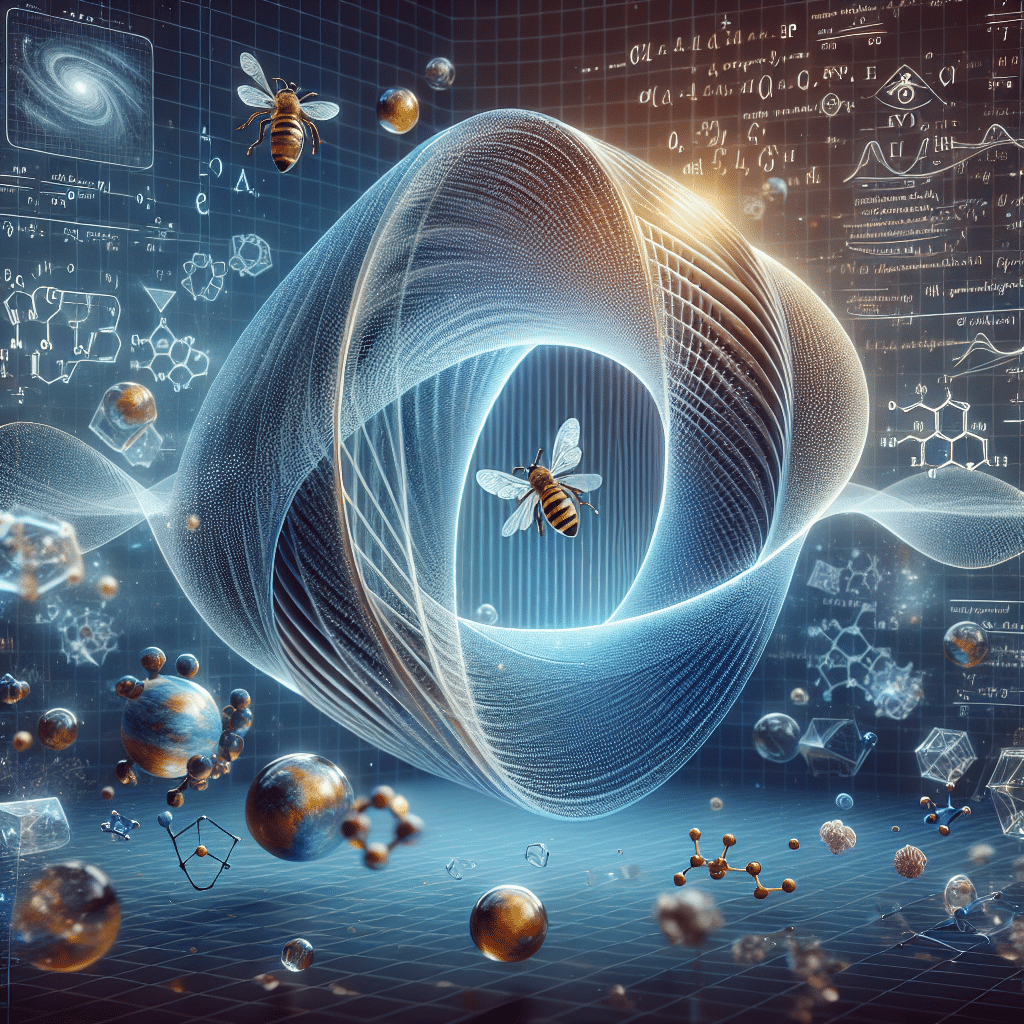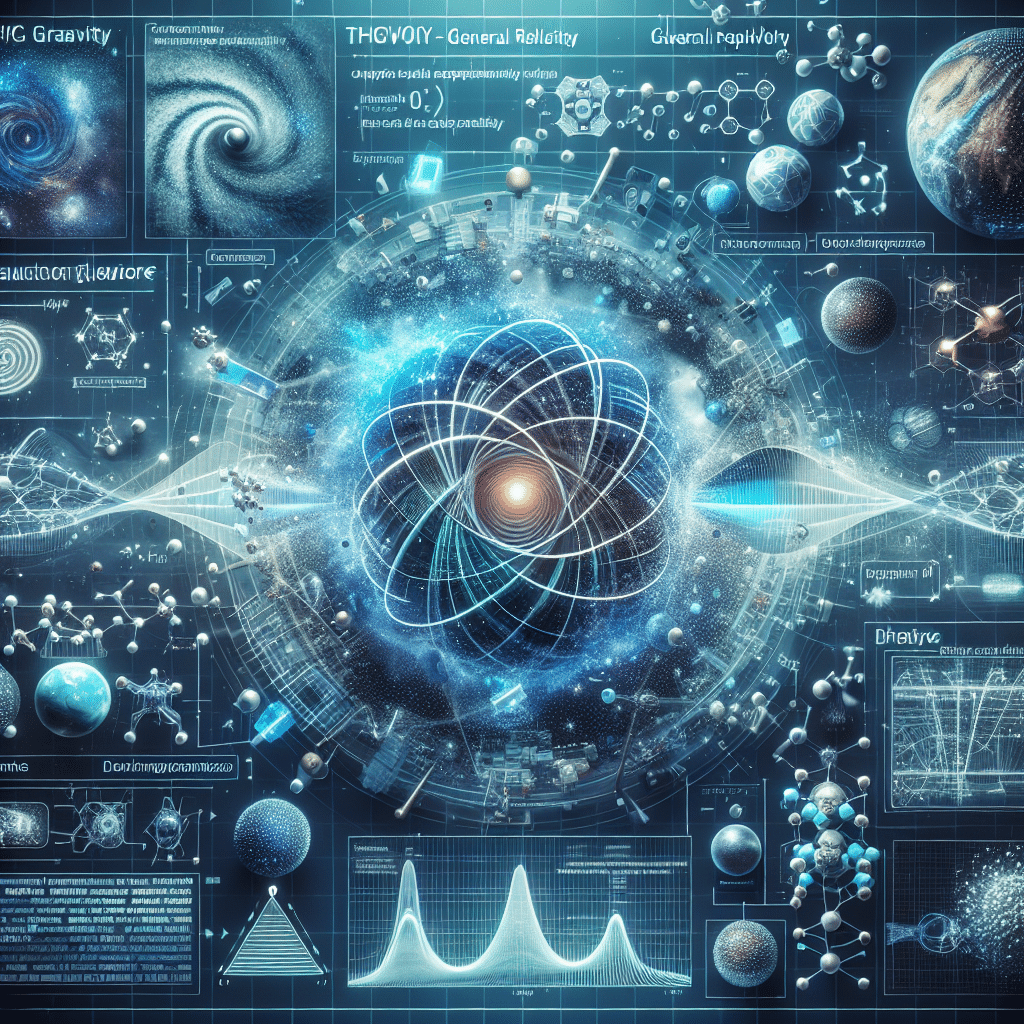Solving the Schrödinger Equation for the Hydrogen Atom
The hydrogen atom is a central system in quantum physics, often used as a model to understand the electronic structure of atoms. Solving the Schrödinger equation for this atom relies on the spherical symmetry of the problem and the Coulomb potential between the proton (nucleus) and the electron.



1. Schrödinger Equation in the Coulomb Potential
The Schrödinger equation for a particle of mass
m in a central potential
V(r)=−4πϵ₀⁻¹ e²/r is given by:
−ℏ²/(2m) ∇²ψ + V(r)ψ = Eψ
In spherical coordinates, due to the radial symmetry, the wavefunction ψ(r,θ,ϕ) can be separated as:
ψ(r,θ,ϕ) = R(r) Ylm(θ,ϕ)
- R(r) is the radial part of the wavefunction, depending only on the distance r,
- Ylm(θ,ϕ) are the spherical harmonics,
- l is the orbital quantum number, m is its magnetic sublevel.
The radial part satisfies an independent differential equation:
[1/r² d/dr (r² dR/dr) + (2m/ℏ²)(E−V(r)) − l(l+1)/r²] R(r) = 0



2. Solving the Radial Equation
We introduce the dimensionless variable ρ = r / a₀, where a₀ is the Bohr radius:
a₀ = (4πϵ₀ ℏ²) / (m e²)
The solution for R(r) is:
Rn,l(r) = Nn,l · ρl e−ρ/n Ln−l−12l+1(ρ)
- n: principal quantum number
- l: orbital quantum number
- L: associated Laguerre polynomials
- Nn,l: normalization constant
For n=1, l=0, the solution becomes:
R1,0(r) = 2 / √(a₀³) · e−r / a₀
3. Radial Density and Probability
The radial probability density, which describes the likelihood of finding the electron at a distance r, is given by:
P(r) = |R(r)|² · r²
For n = 1, l = 0, this becomes:
P(r) = (4 / a₀³) · e−2r/a₀ · r²
This shows an exponential decay modulated by a geometric factor r². This combination reflects the duality between the electron’s radial localization and spherical symmetry.



From the Hydrogen Atom to General Waves: A Universal Decomposition
The solution for the hydrogen atom is built on a combination of exponentials (e−r) and polynomial terms. This structure is typical in wave or field modeling. A key idea in mathematical physics is that all waves or fields can be decomposed into sums of complex exponentials, similar to Fourier series.
4. Wave Decomposition into Exponentials
The decomposition of a function or wave f(r) can be generalized as:
f(r) = ∫ A(k) e−kr dk
- A(k): amplitude as a function of wavevector k
- e−kr: exponential basis term
This is analogous to Fourier series, which use eiωt for periodic functions. BeeTheory generalizes this to describe fields using sums of e−kr, encompassing quantum models like the hydrogen atom as well as gravity or interaction models.
BeeTheory and Summations of e−R
In BeeTheory, the idea is to extend this decomposition to all wave-like interactions. We know that:
- Electromagnetic waves decompose into spherical harmonics and exponentials
- Quantum solutions for atoms use exponential bases (e.g., e−r/a)
- Gravitational potentials like Yukawa’s are also modeled with exponential decay
5. The Universal Link: Any Wave as a Superposition
BeeTheory proposes that any wave-like interaction can be modeled as a sum of Ae−R, where R generalizes distance. That is:
Φ(R) = ∑ Ai e−kiR
- Unifies classical and modern field equations
- Simplifies understanding of interactions
- Offers simulation-ready models
6. Extending to All Waves
- Gravity: Quantum models use exponential terms for potential decay
- Quantum Physics: Hydrogen atom states use exponential basis
- Cosmology: CMB fluctuations and gravitational waves can be described with exponentials
By unifying interaction models via exponential sums, BeeTheory provides a framework to model any field — quantum, classical or cosmological.
If you’d like to dive deeper into this theory or explore its applications, BeeTheory offers accessible tools for unifying physical models via waves: Explore BeeTheory further.
